Iroyin
-
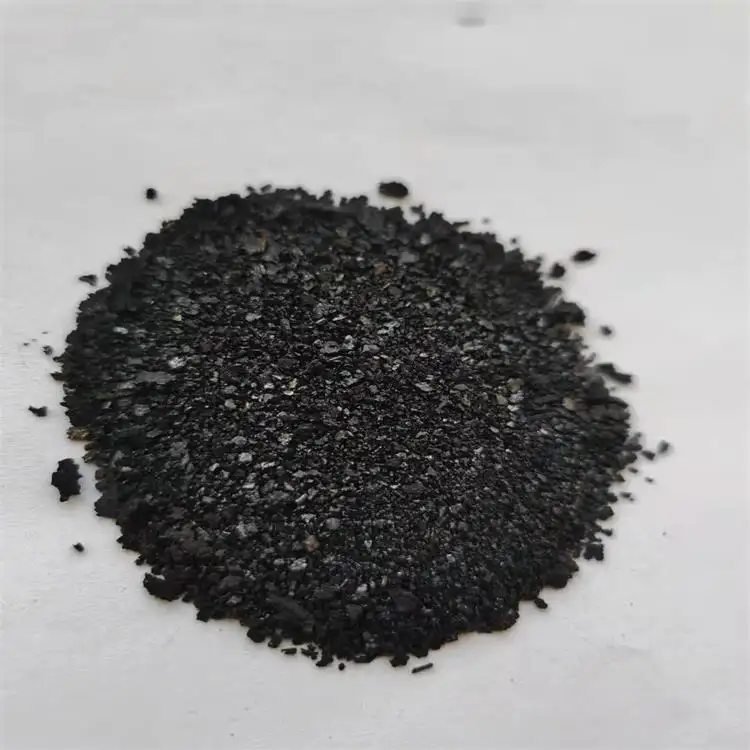 Indigo, or indigotin, is a dyestuff originally extracted from the varieties of the indigo and woad plants. Indigo was known throughout the ancient world for its ability to color fabrics a deep blue. Egyptian artifacts suggest that indigo was employed as early as 1600 b.c. and it has been found in Africa, India, Indonesia, and China.The dye imparts a brilliant blue hue to fabric. In the dying process, cotton and linen threads are usually soaked and dried 15-20 times. By comparison, silk threads must be died over 40 times. After dying, the yarn may be sun dried to deepen the color. Indigo is unique in its ability to impart surface color while only partially penetrating fibers. When yarn died with indigo is untwisted, it can be seen that the inner layers remain uncolored. The dye also fades to give a characteristic wom look and for this reason it is commonly used to color denim. Originally extracted from plants, today indigo is synthetically produced on an industrial scale.Ka siwaju
Indigo, or indigotin, is a dyestuff originally extracted from the varieties of the indigo and woad plants. Indigo was known throughout the ancient world for its ability to color fabrics a deep blue. Egyptian artifacts suggest that indigo was employed as early as 1600 b.c. and it has been found in Africa, India, Indonesia, and China.The dye imparts a brilliant blue hue to fabric. In the dying process, cotton and linen threads are usually soaked and dried 15-20 times. By comparison, silk threads must be died over 40 times. After dying, the yarn may be sun dried to deepen the color. Indigo is unique in its ability to impart surface color while only partially penetrating fibers. When yarn died with indigo is untwisted, it can be seen that the inner layers remain uncolored. The dye also fades to give a characteristic wom look and for this reason it is commonly used to color denim. Originally extracted from plants, today indigo is synthetically produced on an industrial scale.Ka siwaju -

indigo granular-Is Natural Indigo More Sustainable than Synthetic?
Continuing our series of mythbusting and clarifying, we now turn our eye toward another essential ingredient for denim: indigo dye. Conscious consumers have a tendency to romanticize the natural stuff that is produced from plants, swooning over its long history of use in traditional and artisan fashion production, while turning up their noses (in theory) at modern synthetic dyes that make churning out millions of $20 fast fashion jeans possible.Ka siwaju -
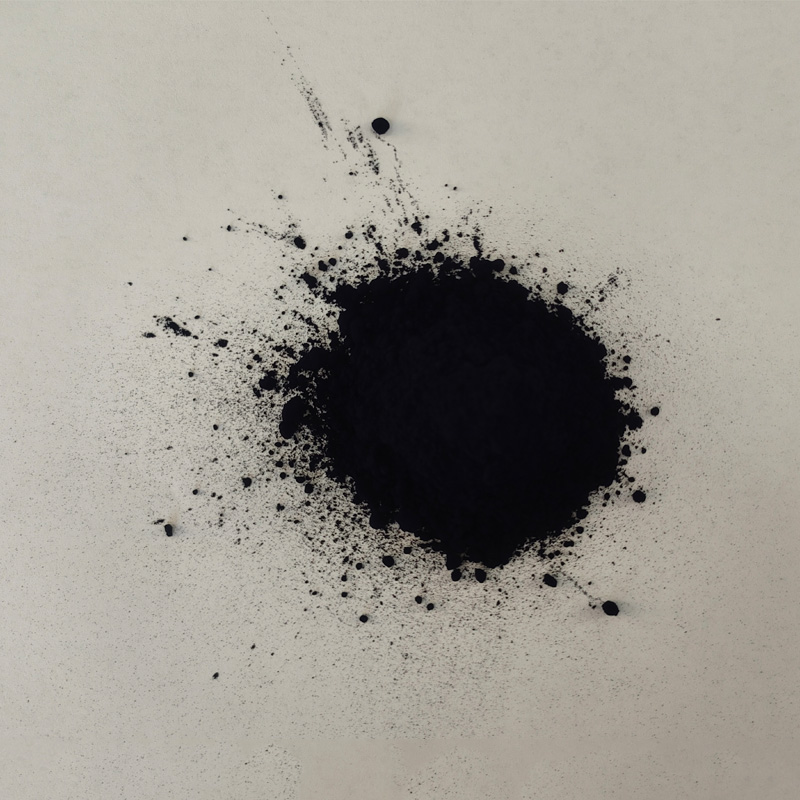
indigo granular-VAT INDIGO BLUE CAS NO.: 482-89-3
Vat Blue 1 synonym is Indigo Blue Granular or Powder. Vat Indigo Blue is dark blue powder,our content of indigo blue is above 94%.The product is highly dyeing uptake, compatible with various fixing agent. And we have different types for difference application, yarn dyeing special, woven fabric special, liquid special, etc. The highest concentration could be 97.5%.Ka siwaju -
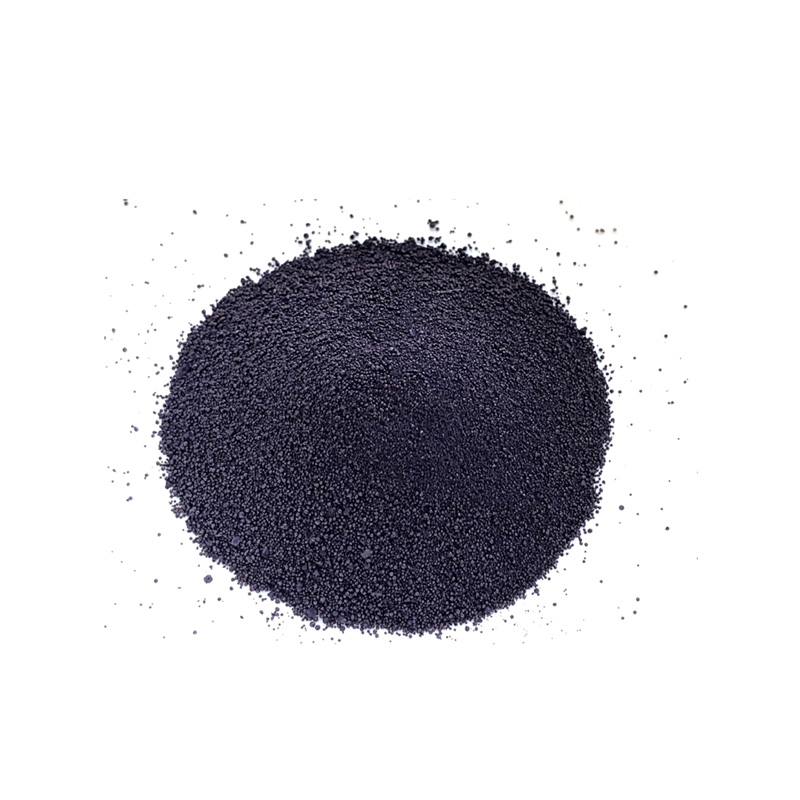
Is Natural Indigo More Sustainable than Synthetic?
Let’s Settle the Matter: Is Natural Plant-Based Indigo Dye More Sustainable Than Synthetic Indigo?Continuing our series of mythbusting and clarifying, we now turn our eye toward another essential ingredient for denim: indigo dye. Conscious consumers have a tendency to romanticize the natural stuff that is produced from plants, swooning over its long history of use in traditional and artisan fashion production, while turning up their noses (in theory) at modern synthetic dyes that make churning out millions of $20 fast fashion jeans possible. But is that sustainable snobbery warranted when it comes to indigo dye? The story of plant-based versus synthetic indigo is a little more complex than that… it’s not so blue and white. (Sorry, we had to.) Let’s take a closer look at humanity’s favorite blue pigment and find out once and for all: Is plant-based natural indigo superior to fossil-fuel based indigo? And if it is, would it even be possible to bring it back?Ka siwaju -
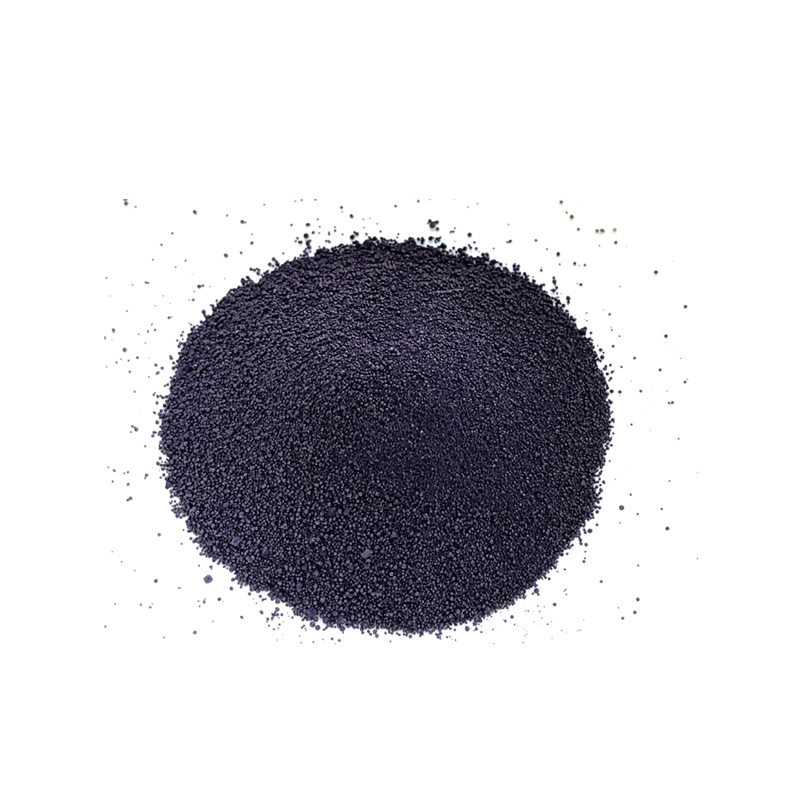
indigo-Indigo in the Fabric of Early South Carolina
Indigo—both as a plant and a dye—forms an important chapter in the early history of the South Carolina Lowcountry. Although its memory flourishes today in conversations and artistic expressions, lingering misconceptions have distorted our general understanding about the real story of local indigo. In an effort to help “grow” this colorful conversation, I’ve crafted a series of common questions and factual responses that address some of the most important points of indigo history that every Charlestonian should know.Ka siwaju -
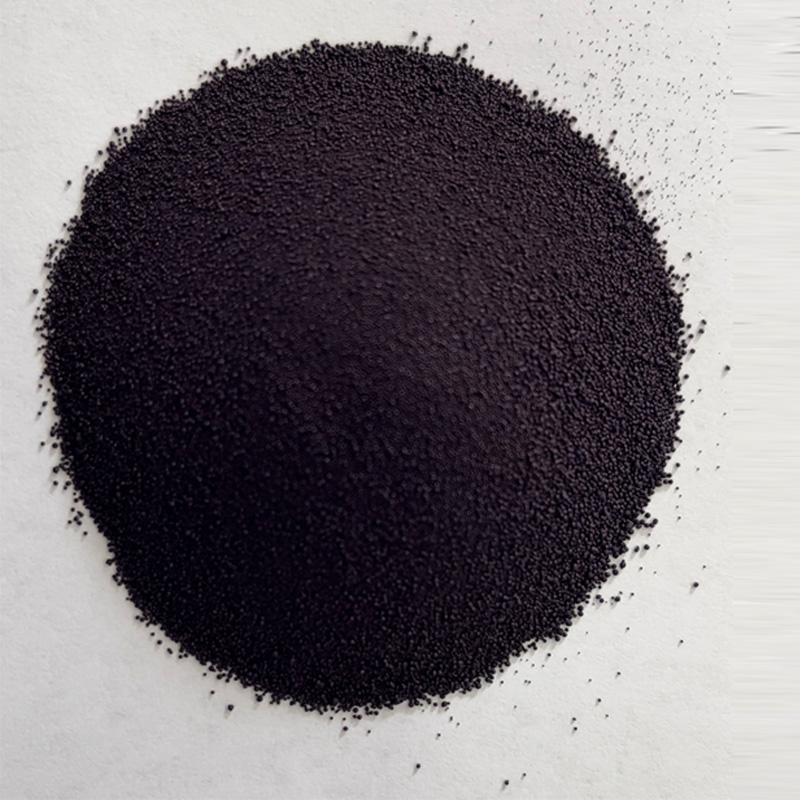
indigo granular-Clinical Efficacy and Safety of Oral Qing-Dai in Patients with Ulcerative Colitis
Background/Aims: Chinese herbal medicine Qing-Dai (also known as indigo naturalis) has been used to treat various inflammatory conditions. However, not much has been studied about the use of oral Qing-Dai in the treatment for ulcerative colitis (UC) patients. Studies exploring alternative treatments for UC are of considerable interest. In this study, we aimed at prospectively evaluating the safety and efficacy of Qing-Dai for UC patients. Methods: The open-label, prospective pilot study was conducted at Keio University Hospital. A total of 20 patients with moderate UC activity were enrolled. Oral Qing-Dai in capsule form was taken twice a day (daily dose, 2 g) for 8 weeks. Results: At week 8, the rates of clinical response, clinical remission, and mucosal healing were 72, 33, and 61%, respectively. The clinical and endoscopic scores, CRP levels, and fecal occult blood results were also significantly improved. We observed 2 patients with mild liver dysfunction; 1 patient discontinued due to infectious colitis and 1 patient discontinued due to mild nausea. Conclusion: This is the first prospective study indicating that oral Qing-Dai is effective for inducing remission in patients with moderate UC activity and can be tolerated. Thus, Qing-Dai may be considered an alternative treatment for patients, although further investigation is warranted.Ka siwaju -
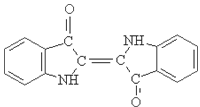 Qing Dai, also known as indigo naturalis, is a blue-black powder derived from the leaves and stems of plants such as Indigofera tinctoria and Strobilanthes cusia. This therapeutic compound has been used in Chinese medicine for generations and is known for its striking blue color, which is how it got its name, 'Indigo'.Ka siwaju
Qing Dai, also known as indigo naturalis, is a blue-black powder derived from the leaves and stems of plants such as Indigofera tinctoria and Strobilanthes cusia. This therapeutic compound has been used in Chinese medicine for generations and is known for its striking blue color, which is how it got its name, 'Indigo'.Ka siwaju -
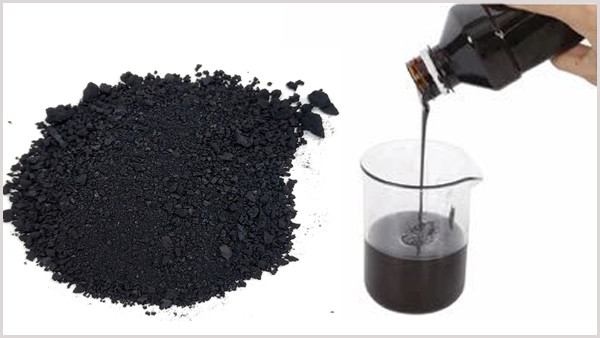
Sulphur Black: The Dark Horse of Textile Dyes
Sulphur Black, a pigment with a rich history, has been a staple in the textile industry for its ability to provide a deep, rich black color. Its journey began as a simple compound with the molecular formula C6H4N2O5, but it has evolved into a versatile dye that is now used in various applications, from cotton to viscose fibers.Ka siwaju -
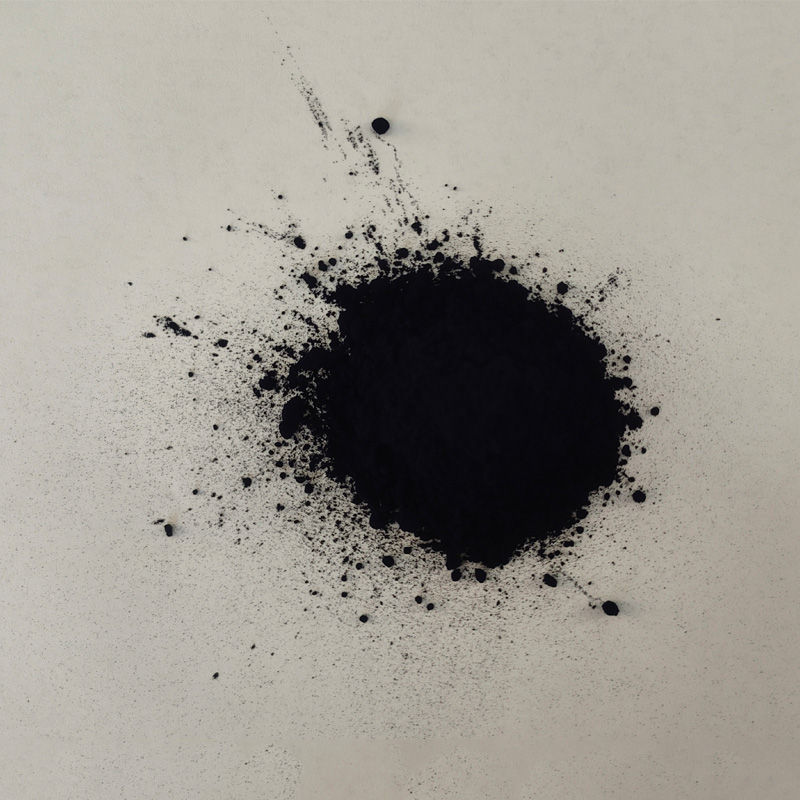
Indigo Innovation: The Evolution of Bromo Indigo
Indigo, a color steeped in history and culture, has been a cornerstone of textile dyeing for centuries. From ancient India to the modern fashion capitals of the world, indigo's deep blue hue has captivated designers and consumers alike.Ka siwaju -

Sulphur Black: The Timeless Shade of Textile Innovation
Sulphur Black, a name synonymous with the textile industry, has a rich history dating back to the early 19th century. It was first introduced as a dye for cotton and quickly became the go-to for its deep, rich black color. Over the years, this pigment has evolved, adapting to the changing demands of fashion and technology.Ka siwaju -
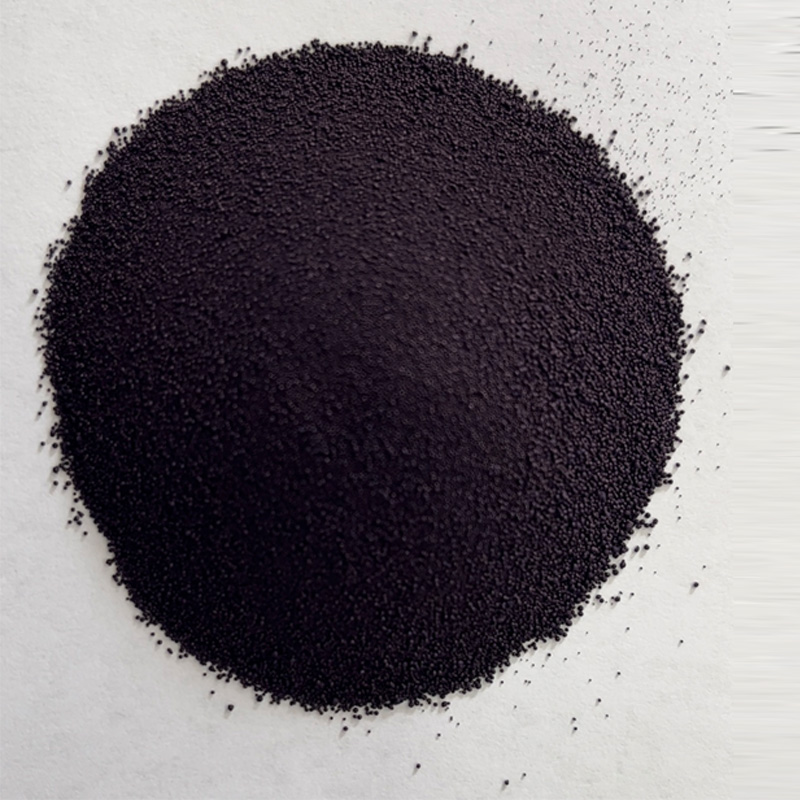
Wuxin Group: A Legacy of Color and Innovation in the Dyes and Pigments Industry
For over three decades, WuXin Group has been a beacon of excellence in the world of dyes and pigments. With a rich history dating back to 1989, the company has established itself as a leader in the production and marketing of high-quality colorants for a diverse clientele both domestically and internationally.Ka siwaju -
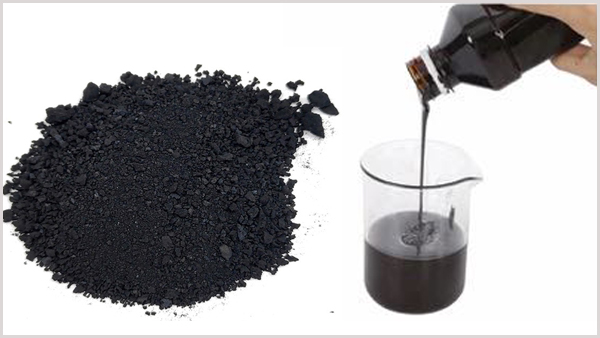
Problems in Denim Color: Sulfur Black
Sulfur black is an important dye in denim and suppliers who produce the highest quality of black enjoy strong business with good prices. Unfortunately, sulfur black dyeing of cotton on continuous machines usually results in significant problems that cause customer dissatisfaction.Ka siwaju

